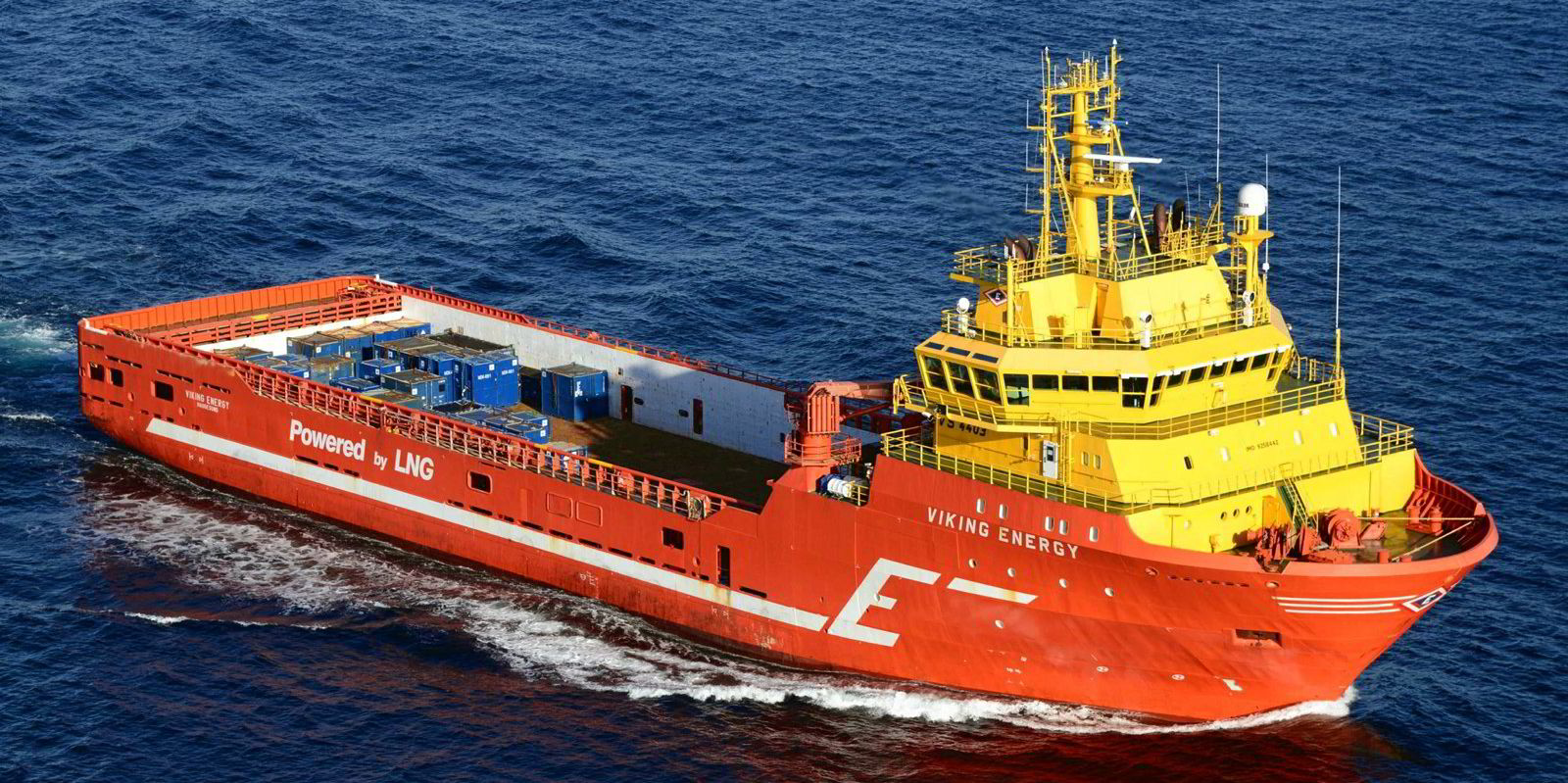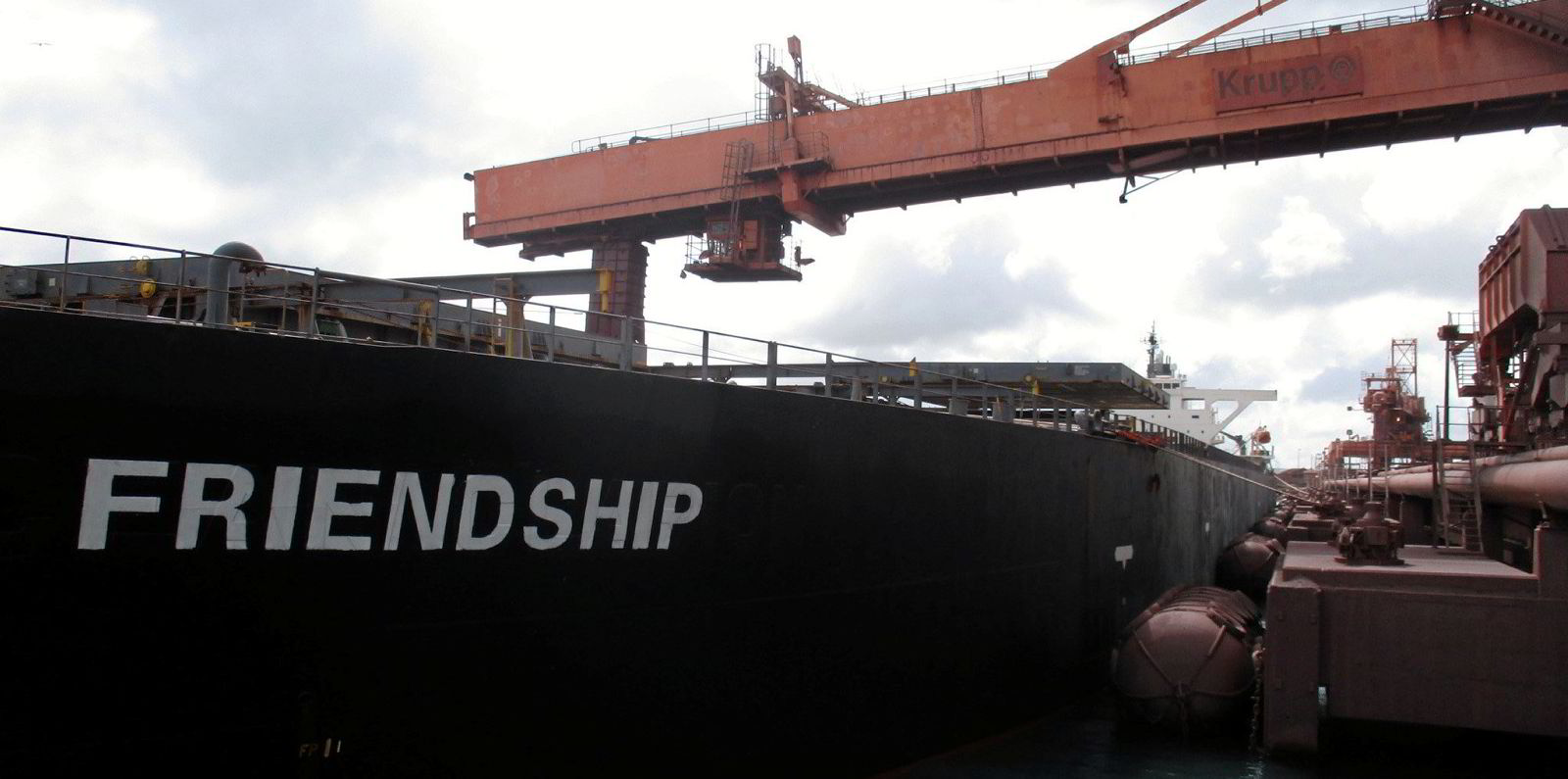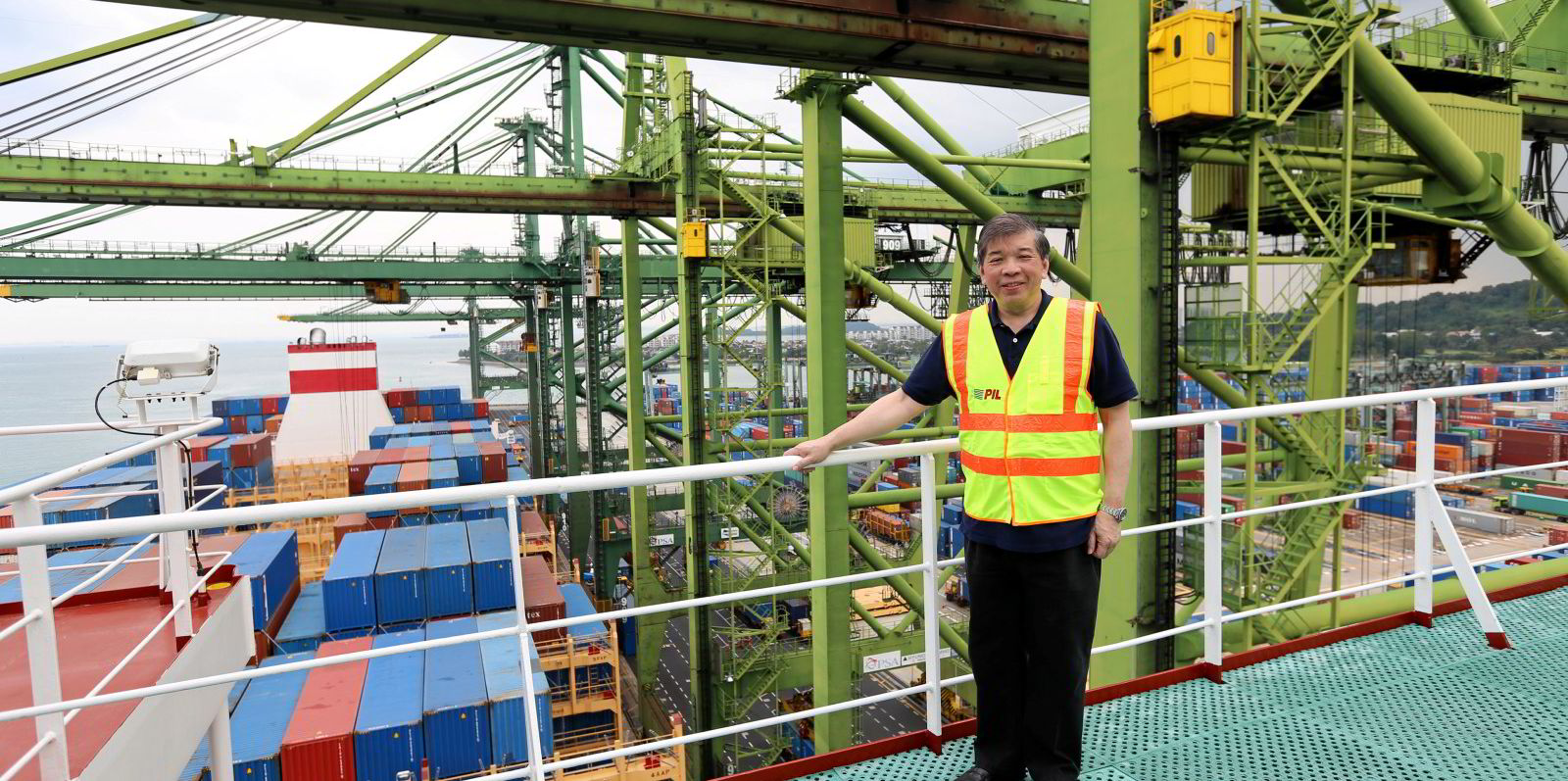Humans have found countless uses for ammonia over the past two centuries, from making fertilisers to producing plastics and disinfecting kitchen floors.
And now the maritime sector is turning to the colourless, pungent substance to propel ships as it aims to decarbonise the industry, given that it is carbon-free and in ample supply.
The gas also does not need to be mined and produced in a process that emits CO2 and pollutants, said Stephen Crolius, president and co-founder of Carbon Neutral Consulting — an advisory focused on energy transition.
“As molecules go, it’s as simple as it gets,” he told TradeWinds. “Ammonia is one atom of nitrogen and three atoms of hydrogen. That’s it. That’s the whole thing.”
Crolius is among a growing number of experts who believe that ammonia will become a popular fuel of choice in shipping as the sector strives to cut greenhouse gas emissions, despite perceived safety risks.
Despite the cost and environmental risks, ammonia still surpasses other options such as batteries and hydrogen, said Tristan Smith, a reader in shipping and energy at the University College London’s UCL Energy Institute.
He described ammonia “as the goldilocks fuel that is not too expensive to produce and not too expensive to store”.
Crolius said the idea of burning ammonia as a zero-carbon bunker fuel needs a few more years of study and testing to mitigate perceived safety risks, but it still beats other alternative fuels.
“A lot of people think that natural gas in the form of LNG would be a good transitional or bridge fuel but, at the end of the day, it also is a fossil fuel — and using it will put fossil carbon up into the atmosphere in the form of CO2, which we cannot do,” he said.
Biofuels, which are made from biomasses such as plants and animal waste, would be a fantastic source of power, were it not for one thing.
“It would not be enough to fuel the maritime sector, even if that was the only industry that was using it,” Crolius said.

Burning hydrogen by itself is impractical because it needs to be stored as either a very heavy liquid at extremely low temperatures or as a gas that would take up a lot of space on a ship.
Ammonia costs more than other alternative fuels because natural gas or electricity is used to make it, but Crolius said the end result is a fuel that is plentiful and carbon-free.
“We’re definitely looking at a premium over heavy fuel oil, but it doesn’t matter because there is the need that is being created through regulation to decarbonise,” he said.
The price in Tampa, Florida, has skyrocketed over the past year from $215 per tonne to $1,135 per tonne, but Crolius believes that this should go back down to historical levels between $300 and $400 per tonne.
“I can’t say why it has happened, but this has never happened before in probably the whole history of the ammonia industry — certainly not since 1995,” he said.
“Given that we’re at a time of extraordinary inflation that no one thinks is going to last, it would be shocking if the price stayed up where it is right now.”
Crolius said the price needs to fall to about $500 per tonne for maritime use as bunker fuel, but it is too early to know how much green ammonia will cost to make it through carbon-free means.
In addition to the cost risk, ammonia can be harmful to the marine environment and humans.
“This is a serious safety hazard and everybody talking about ammonia should be 100% forthright on the point,” he said. “If ammonia gets loose, it will cause problems for people.”
Crolius said humans have 110 years of experience making ammonia — and about 20m tonnes of the non-flammable substance is safely transported by ship every year.
“We’re really good now at putting in place systems to manage it without serious consequences,” he said.
But Conor Furstenberg Stott, maritime director for Ammonia Energy Association and a partner at Furstenberg Maritime Advisory, said the danger that ammonia poses to sea life is definitely a major concern.
“If we have leakage in a port, that will be a disaster because it’s very toxic for aquatic organisms,” he told TradeWinds.
“The safety studies and the guidelines that are being developed now have a very, very strong focus to safeguarding the aquatic environment as well.”







